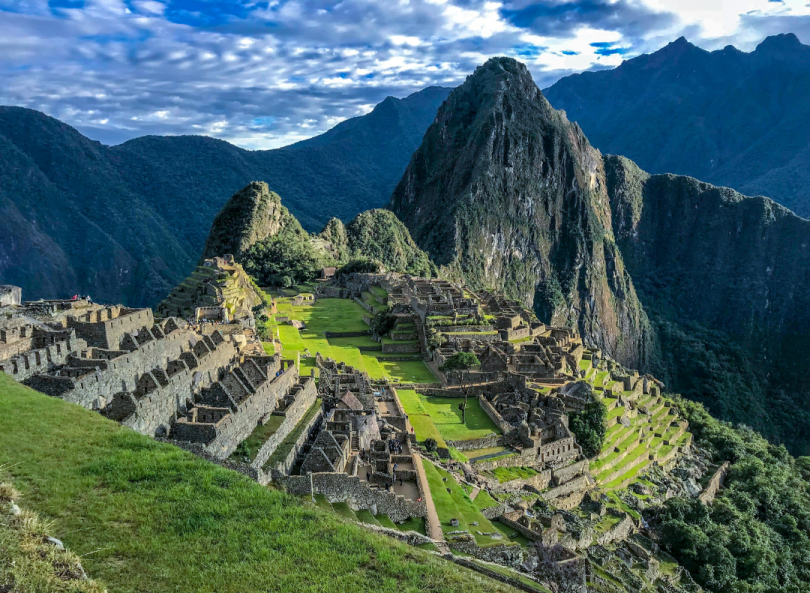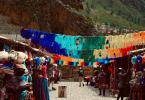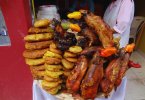When people think of getting to Machu Picchu, the first image that comes to mind is the famous four-day Inca Trail. However, there are many other routes that offer breathtaking landscapes, living history, and authentic cultural experiences. In this article, we present some of the most fascinating alternative treks to reach the Inca citadel perfect for those seeking adventure, a connection with nature, and a different perspective on Andean heritage.
1. Classic Inca Trail: The Path of the Gods
The Classic Inca Trail is not just a trek — it’s a journey into the heart of the Inca Empire. This 42-kilometer route recreates the royal road once used by the Incas to connect Cusco with the sacred city of Machu Picchu. Along the way, hikers pass through diverse ecosystems, from high-altitude grasslands to misty cloud forests brimming with mysticism.
More than just a physical challenge, this trail is also a spiritual experience. It passes by key archaeological sites such as Patallacta, Runkurakay, Sayacmarca, and Wiñay Wayna, each rich in history and sacred meaning. Wiñay Wayna, in particular, blends architecture, hydrological engineering, and natural beauty — often becoming a favorite surprise for hikers.
The final stretch leads to Inti Punku (Sun Gate), where, at sunrise, travelers get their first glimpse of Machu Picchu bathed in golden light. It is a breathtaking and emotional reward. Though regulated and in high demand, this trail remains the favorite of many due to its historical and cultural richness.
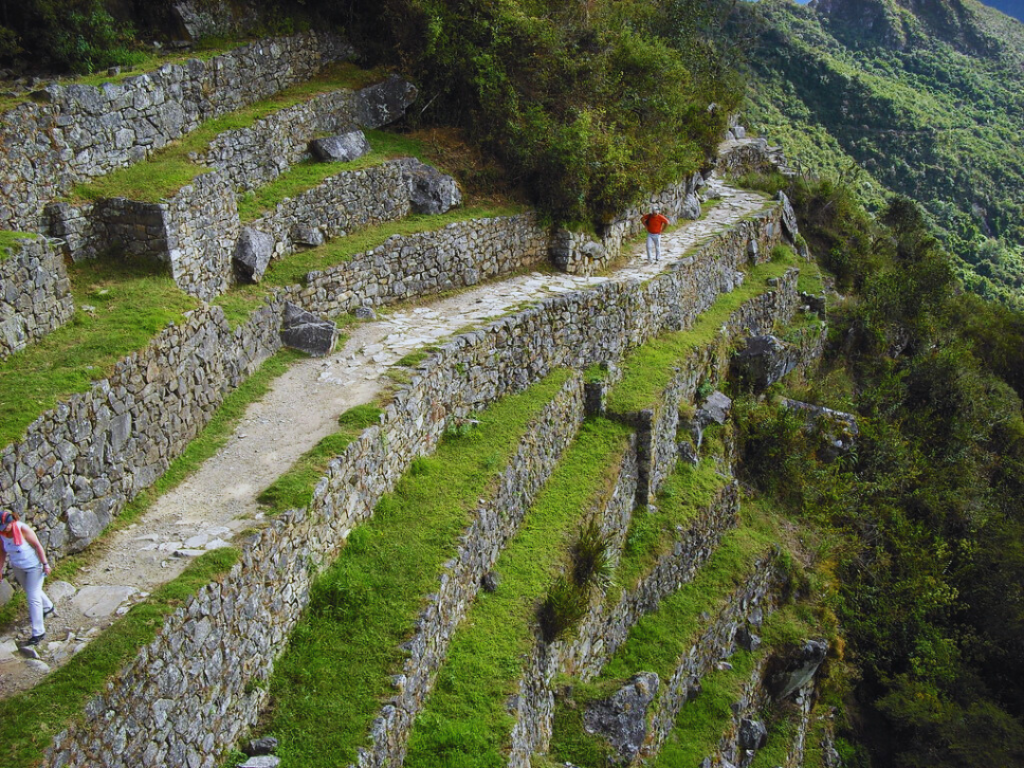
2. Salkantay: The Challenge of the Colossus
The Salkantay Trek is one of the most visually stunning and adventurous alternatives to the Inca Trail. It’s ideal for those who wish to avoid crowds and immerse themselves in a mountain expedition surrounded by glaciers, turquoise lakes, and lush green valleys. Towering at over 6,200 meters, Salkantay Mountain commands respect and awe.
The ascent to the Salkantay Pass (4,630 m) is a physical and spiritual test, often marked by traditional offerings to the apus (mountain spirits). As the trek descends into the high jungle, the landscape transforms dramatically, revealing butterflies, orchids, coffee plantations, and waterfalls.
Many hikers stay with local communities like Soraypampa or Collpapampa, gaining insight into Andean life and traditions. The journey ends in Aguas Calientes, where soaking in thermal baths is the perfect preparation for the next day’s highlight: visiting Machu Picchu.

3. Ausangate Trek and the Andean Rainbow
The Ausangate Trek doesn’t lead directly to Machu Picchu, but it’s one of the most sacred and visually surreal experiences in southern Peru. Circumnavigating the snow-capped Ausangate Mountain (6,384 m) is, for many, an act of pilgrimage. Revered by Andean cultures as a protective spirit, this mountain remains a focal point of ancestral devotion.
This trek is a serious challenge, taking hikers above 4,000 meters almost the entire time and crossing mountain passes over 5,000 meters. The reward? Pristine alpine lakes, surreal rock formations, and the now-famous Rainbow Mountain (Vinicunca) — a natural phenomenon of colored stripes that looks straight out of a dream.
Natural hot springs in Pacchanta offer moments of rest and renewal. For many, combining Ausangate with a post-trek visit to Machu Picchu creates a full-circle experience of energy, tradition, and awe.
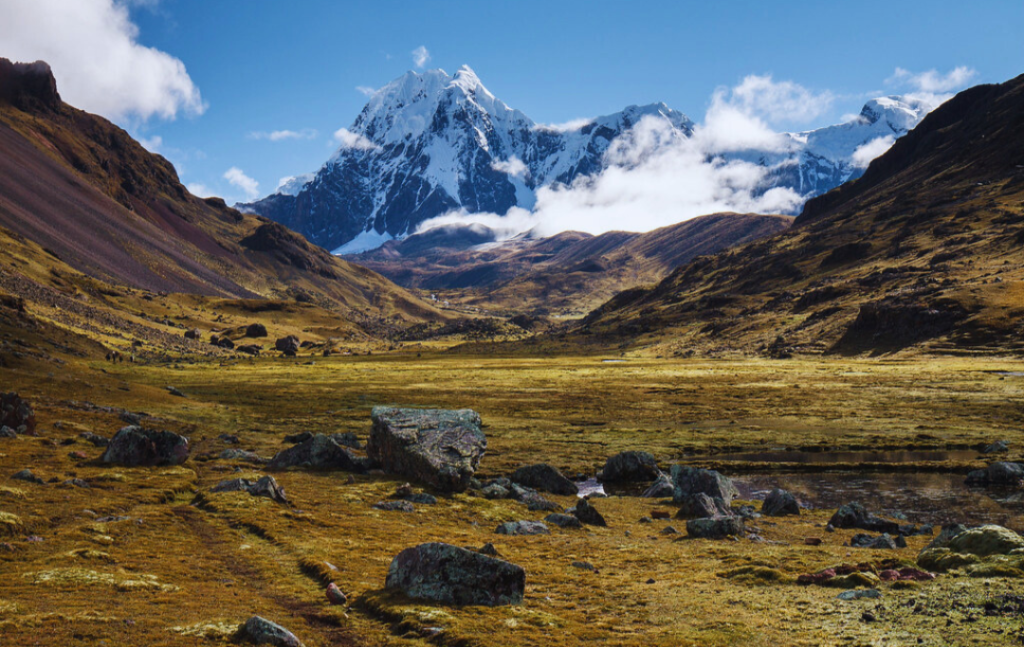
4. Choquequirao: Machu Picchu’s Fierce Sister
Choquequirao may be the best-kept secret of the Andes. Known as the “Hidden Machu Picchu,” this archaeological site rivals the famous citadel in both scale and architecture — but without the crowds. Set dramatically atop a remote ridge, Choquequirao offers solitude and grandeur in equal measure.
Getting there requires determination: a 4- to 5-day round-trip hike through the Apurímac Canyon, one of the deepest in the world. The reward is an uncrowded complex of terraces, temples, and plazas still being excavated.
For the most adventurous, the trek can be extended to Machu Picchu over 8–9 days via Yanama and Santa Teresa. This connection unites two of the Inca Empire’s great sacred sites in a journey that tests both body and spirit.
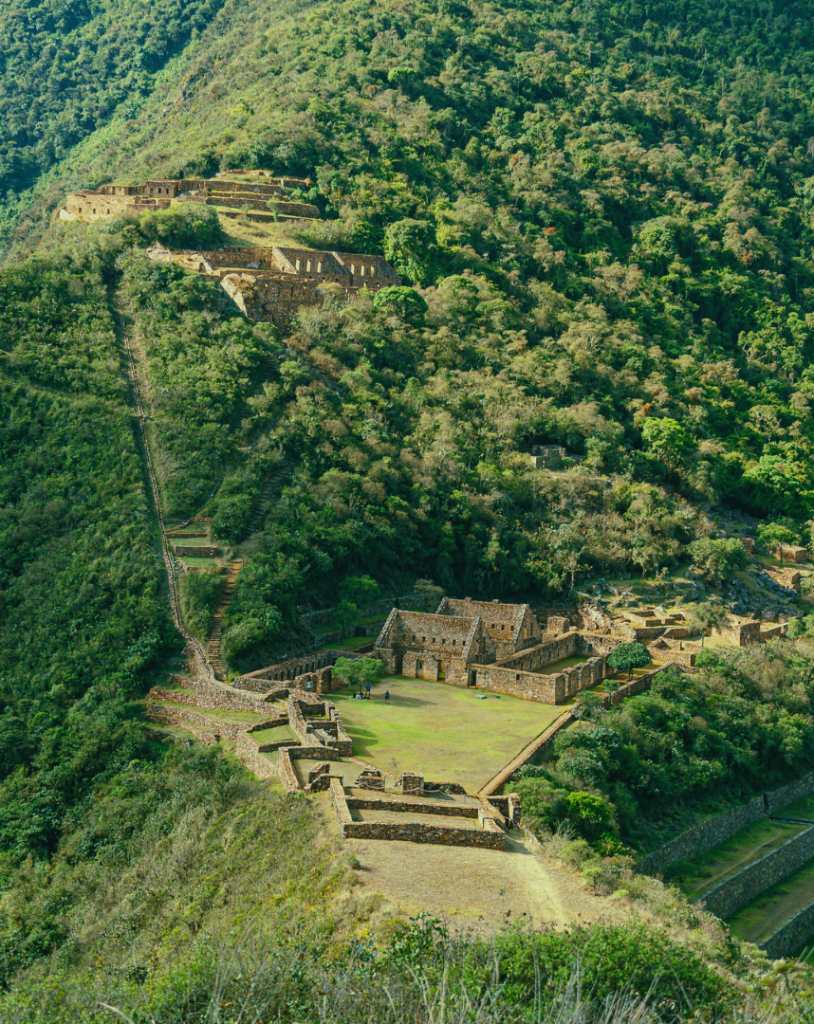
5. Huchuy Qosqo: History, Altitude, and Tranquility
The Huchuy Qosqo Trek is a short but rewarding route that combines archaeological discovery, high-altitude landscapes, and quiet immersion in Andean history. Ideal for those with limited time, the trek typically takes 2 to 3 days.
The trail begins near Cusco and ascends over mountain passes above 4,000 meters before descending to the Huchuy Qosqo ruins, perched above the Sacred Valley. With sweeping views of the Urubamba River and surrounding peaks, the site was once an important administrative center during the reign of Inca Viracocha.
Its adobe and stone structures, irrigation canals, and strategic placement are a testament to Inca mastery of the landscape. From here, trekkers can descend to Lamay and head to Ollantaytambo to catch a train to Machu Picchu.
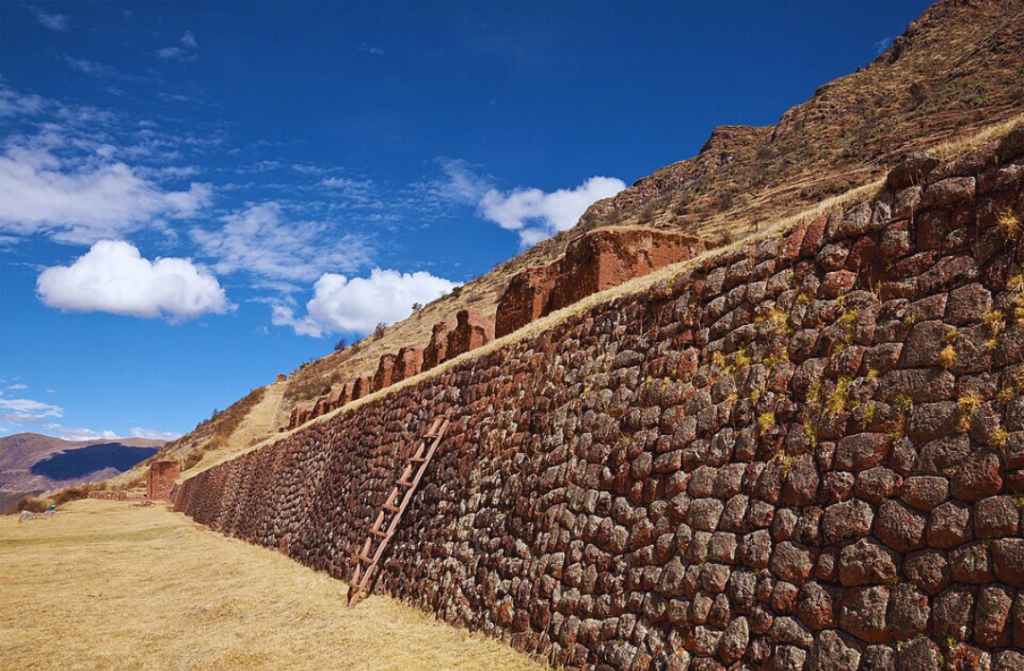
6. Lares Trek: Living Culture in the Andes
The Lares Trek offers a unique opportunity to engage with traditional Quechua culture. This route winds through villages where locals still dress in ancestral garments, speak Quechua, and weave colorful textiles using centuries-old techniques.
Instead of ruins or high glacial peaks, this trek is rich in human encounters. In communities like Huacahuasi, Quisuarani, and Cuncani, travelers are welcomed into homes, share meals, and witness daily life untouched by modern tourism.
Along the way, you’ll pass through scenic valleys, high-altitude lagoons, and sometimes even herds of alpacas. Natural hot springs provide moments of comfort. The trek usually ends in Ollantaytambo, with a train ride to Machu Picchu to follow. It’s a deeply human journey for those seeking meaningful, off-the-beaten-path experiences.
7. Inca Jungle: A Multi-Sport Adventure to the Lost City
For thrill-seekers, the Inca Jungle Trail is the most adrenaline-fueled route to Machu Picchu. This 4-day adventure combines downhill biking, jungle hikes, zip-lining, and relaxing in natural hot springs. It’s a popular choice among young travelers who want excitement with a side of history.
The trail passes through Santa María and Santa Teresa, where travelers can taste local coffee, tropical fruits, and meet villagers who have adapted tourism to their lifestyle. From the hydroelectric station, hikers follow the railway for three hours to reach Aguas Calientes.
Though it lacks the archaeological focus of other treks, the Inca Jungle route offers dynamic landscapes and lively cultural encounters, culminating in a triumphant arrival at Machu Picchu.
Choose Your Path
Machu Picchu is more than a destination — it’s the symbolic endpoint of a physical, cultural, and spiritual journey across the Andes. Each of these alternative routes offers a unique way to arrive, filled with challenges and unforgettable rewards.
Whether you’re climbing glacier-covered passes, sipping tea with a local family, or discovering hidden ruins, the journey is as meaningful as the destination. Choose the path that resonates most with your spirit, your interests, and your time — and get ready for one of the most transformative adventures in the world.


